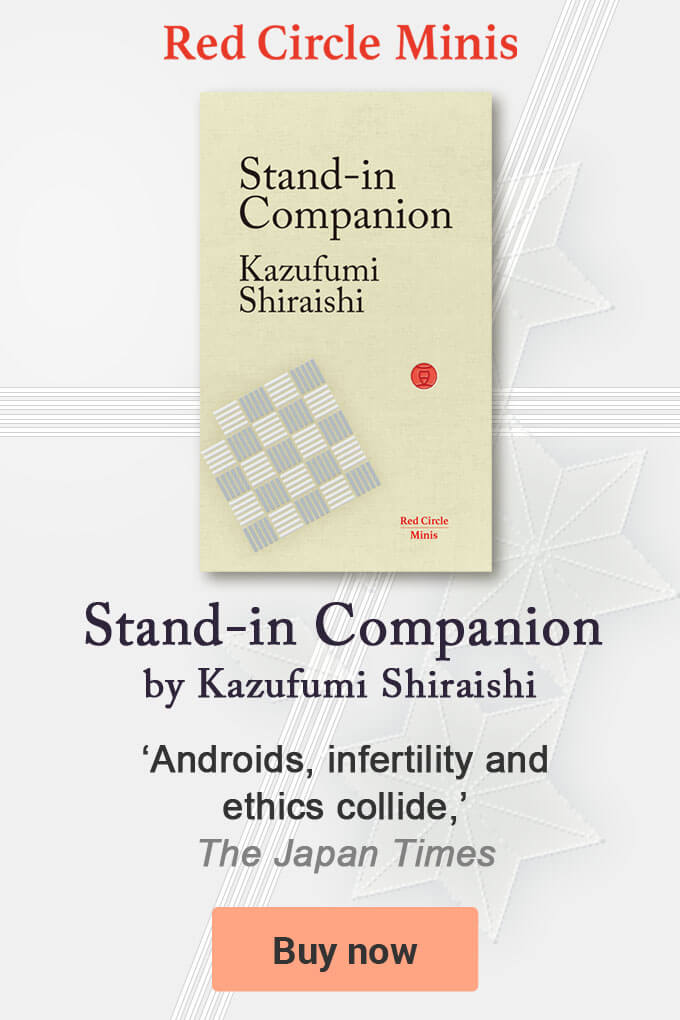Essays in Idleness, written in the 14th century is considered one of the definitive books on Japanese aesthetics[UPDATED: 6-7-2022]
Essays in Idleness, Tsurezuregusa, is still widely studied and cited; and is considered one of the definitive books on Japanese aesthetics and the attitude towards life that articulates and explains the principle that ‘beauty is bound to be perishable’ as well as the impermanence of everything in life. The acceptance of which brings insight and happiness through the greater appreciation of what exists and what we already possess.
A good example from this so-called ‘canon of Japanese aesthetic taste’ is: ‘Are we to look at cheery blossoms only in full bloom, the moon only when it is cloudless? To long for the moon while looking on the rain, to lower the blinds and be unaware of the passing of the spring – these are even more deeply moving.’
It is hard to imagine a similar quirky poetic miscellany having such iconic status in some other countries or societies or perhaps emerging, for example, in a hardworking frugal Calvinist society were idleness is sometimes viewed as a sin and industriousness, as well as the work ethic, one of society’s most important virtues and a moral duty. Societies where at times much less importance has been placed on cultural pursuits such as art and music, and even literature as we know it today, despite as Kenko, who was a historical contemporary of the Italian author Dante Alighieri (1265-1321) famous for his depiction of hell, put it: ‘The pleasantest of all diversions is to sit alone under the lamp, a book spread out before you, and to make friends with people of a distant past you have never known.’
- TOPICS:
- Essays
- History
- miscellany
- Poetry

